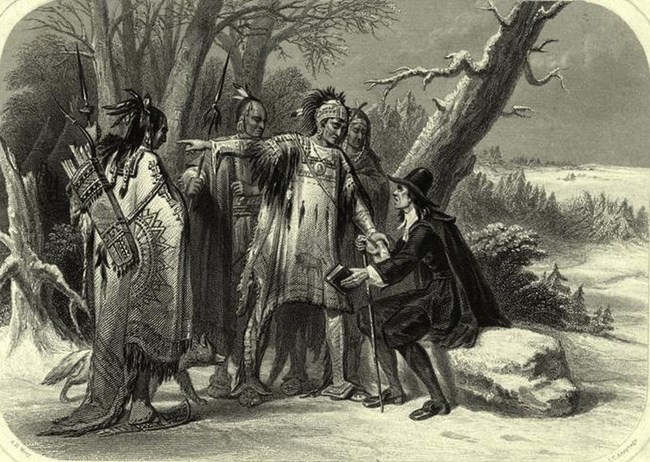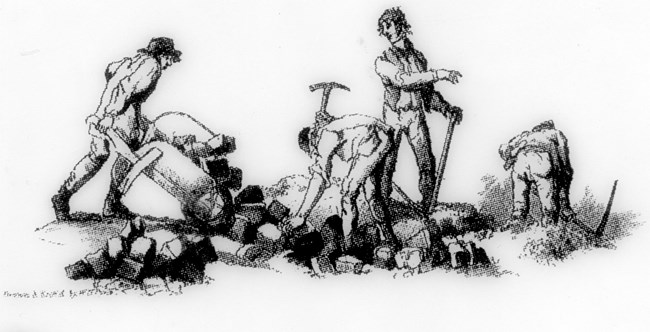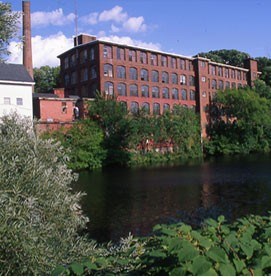
The earliest residents of the Blackstone Valley were the Paleo-Indians. By the early 17th century, three principal tribes lived here: the Narragansett, the Nipmuc, and the Wampanoag. They followed a semi-nomadic life. In the summer they moved inland, planting fields of corn, beans, and squash. In the winter they moved to the coast, depending on fishing and hunting. The earliest Europeans who visited the Blackstone Valley came to hunt and explore. The Reverend William Blackstone was the first European settler in the Blackstone Valley in 1635. In 1636, Roger Williams and a small band of followers established Providence, a settlement based on religious freedom and liberty of conscience. Over the following decades, more colonists came and built small farms and villages that dotted the Blackstone Valley’s landscape. King Phillip’s War (1675-1676) shattered the Native Americans’ hold on the region. This opened the Blackstone Valley to further manipulation at the hands of the early settlers. Soon grist mills, sawmills, and iron forges were common sites in the Valley.


Quebecois communities were tight knit, and attempted to preserve their faith, language, and culture. French Canadians dominated certain towns in the Valley. This was particularly true in Woonsocket which evolved effectively into a French speaking community.

Though the massive waves of immigrants seen in the days of the textile boom are gone, people continue to arrive in the Blackstone Valley. Today’s immigrants arrive from Central and South America and Southeast Asia. They face some of the same struggles and barriers that earlier immigrants had to overcome. They too enrich the culture of the Blackstone Valley.
|
Last updated: May 25, 2025



